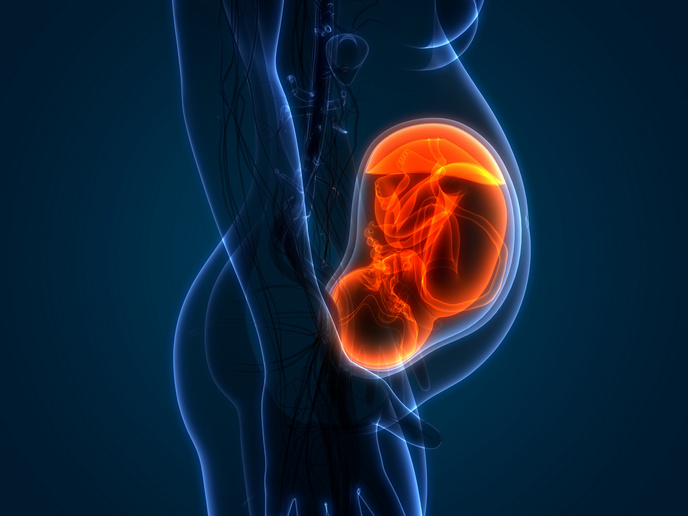Biochemical pathway to male infertility
The damage inflicted by endocrine disruptors (EDs) in wildlife and humans alike is of major concern. The reproductive system in particular appears to be a critical target for the action of EDs. Amongst the most worrying aspects of the effects of these chemicals is the impact on the male reproductive system. Scientists have been trying to provide an explanation for the rapid drop in male fertility over the past 20 years. Aspects of testis development and male germ cell differentiation were the main focus of the EU funded project, GENDISRUPT. The project overall combined studies on humans and animal models using the most highly developed genomic and proteomic technologies available. Understanding the genetic foundation behind endocrine disruption can elucidate the basis of susceptibility and the biochemical mechanisms involved. Top scientists at Neocodex, Seville in Spain studied a specific pathway heavily implicated in male infertility – the KIT/KITLG signaling pathway. Previous research has pointed to a key role for the KIT tyrosine kinase receptor and its ligand KITLG in the survival and proliferation of germ cells. Analysis of a total of five of the human genes in the pathway revealed that three, including KIT and KITLG, could indeed be the root of genetic susceptibility in the male human reproductive system. The other gene, tumour suppressor PTEN, has also been the subject of many studies regarding male infertility. The analysis of individual genes is not necessarily representative of the true mode of action of genes whilst encoding for proteins. The team therefore planned to adopt a multilocus approach to unravel the joint effects of these genes. Furthermore, positional cloning strategies have been outlined for the future identification of susceptibility factors within the genes. The data can then be used to evaluate and reduce the impact of reprotoxic agents.







